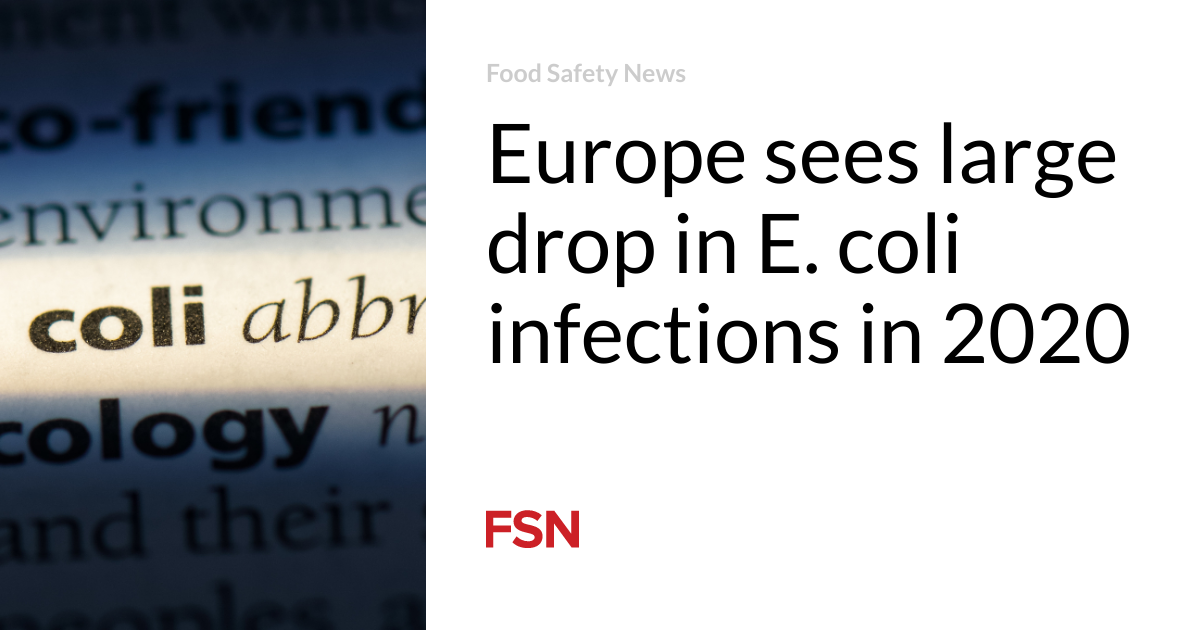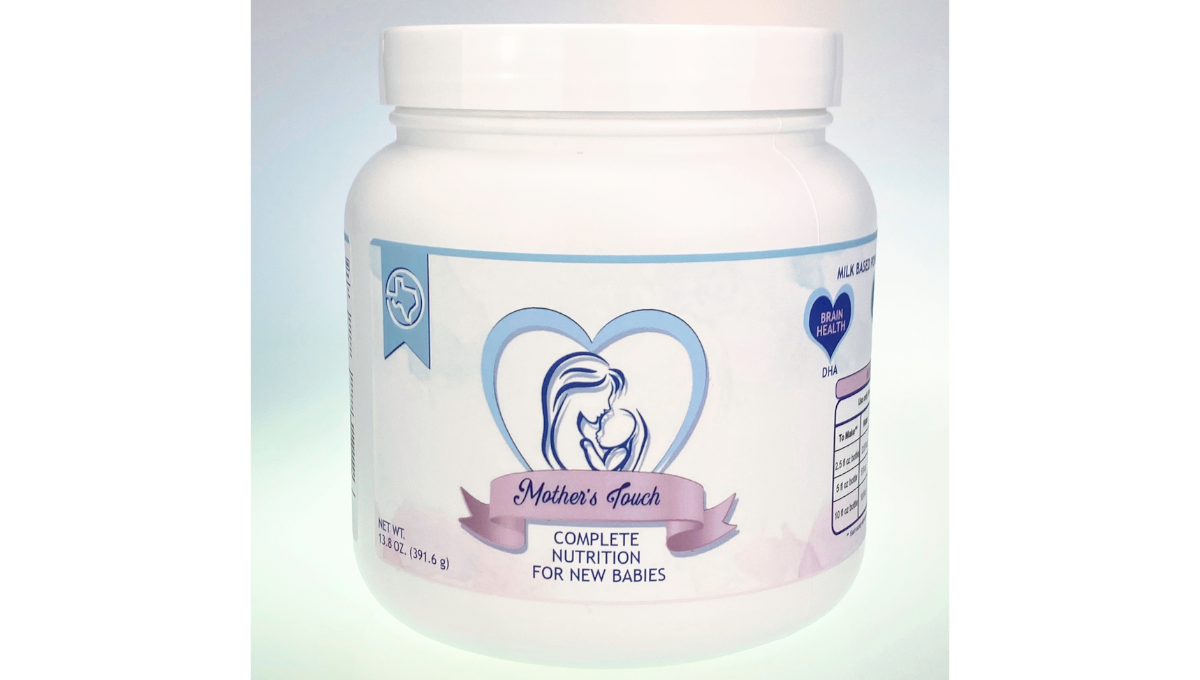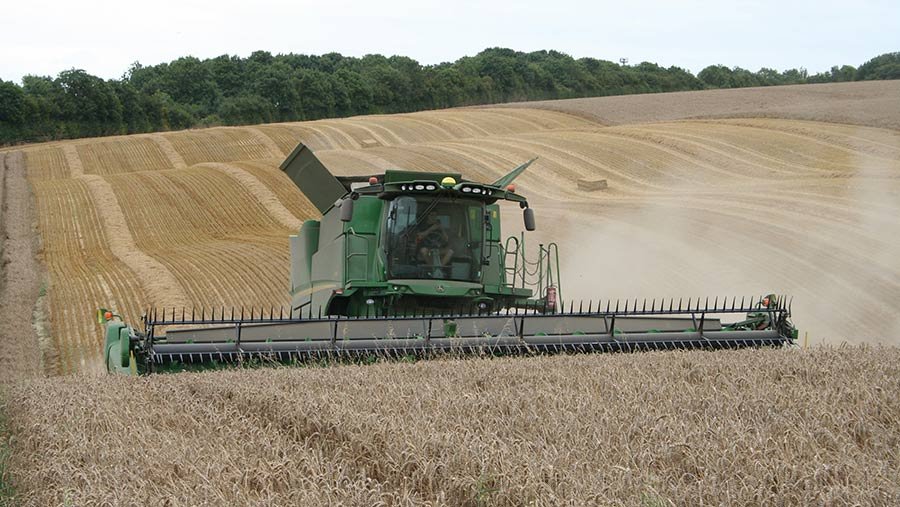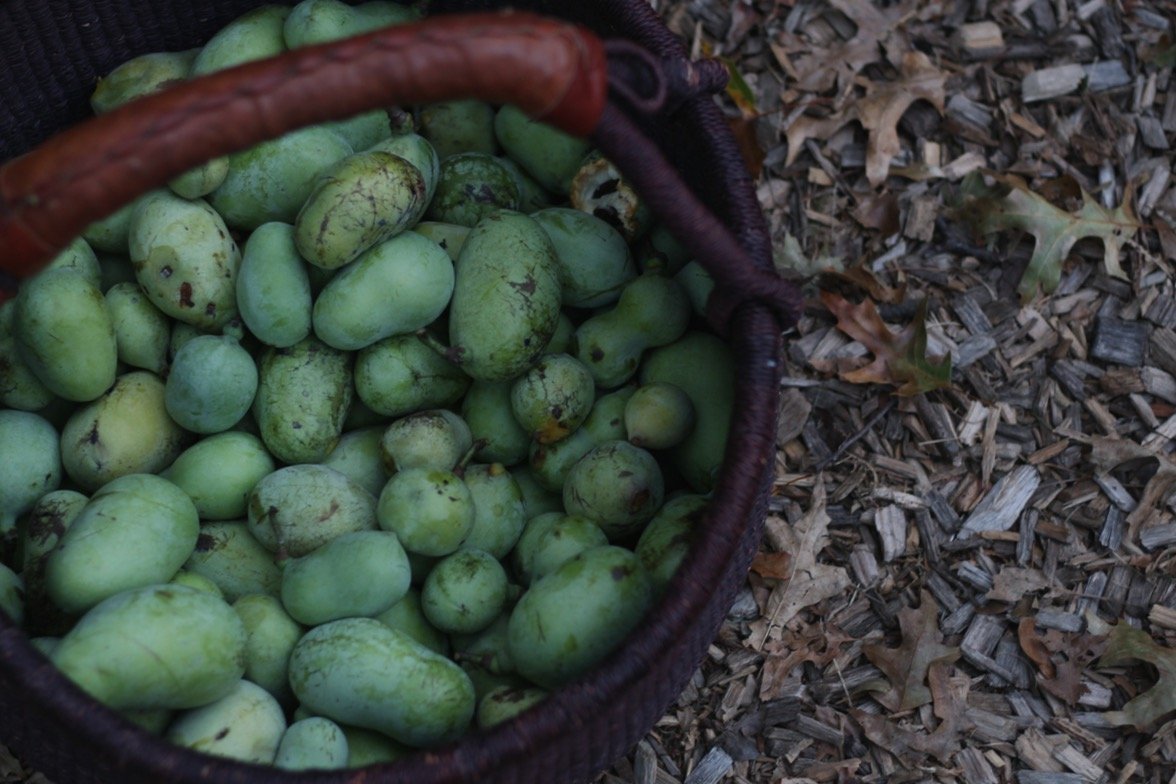A study in the United Kingdom has provided new information about antimicrobial resistance (AMR) in lamb and turkey meat.
Antimicrobial drugs are given to animals for veterinary purposes to treat and prevent disease and to humans with bacterial infections. However, bacteria can adapt to survive the effects of antimicrobials. AMR in bacteria can make foodborne infections such as those from Campylobacter and Salmonella harder to treat.
The Food Standards Agency (FSA) published findings from a UK-wide survey of AMR in E. coli and Campylobacter from fresh lamb and turkey meat sold at retailers.
Sampling included 210 lamb and 210 chilled turkey meat products on sale between October 2020 and February 2021. Lamb and turkey were tested for E. coli and turkey only for Campylobacter. Isolates from E. coli can be useful indicators of AMR in gut bacteria.
First detection of gene in turkey
AmpC and Extended Spectrum Beta Lactamase (ESBL) resistant E. coli was detected in two lamb and 24 turkey meat samples but carbapenem resistance was not found. Carbapenems are last resort drugs as they are used to treat severe infections when other options do not work.
The results for lamb meat were similar to those for beef and pork in recent years, whilst findings for turkey mirror previous results for chicken meat.
Only one lamb ESBL-phenotype E. coli isolate was resistant to gentamicin. Some isolates were resistant to the quinolone antibiotics ciprofloxacin or nalidixic acid or to chloramphenicol and tetracycline.
A transferable colistin resistance gene called mcr-1 was detected in E. coli from three turkey samples, with two from the UK and one from Germany. This is the first detection of this gene in turkey meat sold in the UK. Colistin is also a last resort human antimicrobial drug.
The FSA traceback into these three turkey products was unable to find the farm origin because batch or lot numbers were not provided for the samples but an assessment deemed the risk to be very low.
For turkey meat, samples with the highest counts of background E. coli were mixed with other pieces including thighs, diced thigh, breast strips, breast fillets, breast stir fry and drumsticks. This suggests the extra mechanical processes to produce these pieces and the mixing of samples may lead to higher bacterial contamination, according to the survey.
Campylobacter results
Campylobacter was isolated from 22 turkey samples. Contamination above 1,000 colony forming units per gram (CFU/g) was only found once at 5,100 CFU/g.
Almost 80 percent of Campylobacter isolates were resistant to at least one antimicrobial, but none exhibited multiple drug resistance (MDR), which is defined as resistance to three different classes of antimicrobials. Resistance to ciprofloxacin, tetracycline and nalidixic acid was common. No opposition to erythromycin, gentamicin or streptomycin was seen.
Whole genome sequencing found 14 different profiles that can be associated with human infections.
In one Campylobacter jejuni isolate, resistance determinants for quaternary ammonium compounds, biocides used in disinfectants, were detected.
Professor Rick Mumford, FSA head of science, evidence and research, said the risk of exposure to AMR bacteria from contaminated raw meat through consumption and handling is very low if good hygiene and cooking practices are followed.
“It is reassuring that the AMR results for lamb were very low, mirroring those found in retail beef and pork. Higher levels of AMR were detected in retail turkey, but these are similar to those found in chicken in 2020. The data gathered sets baseline figures for AMR found in UK retail lamb and turkey and will now allow us to monitor the impact of future interventions on levels within these meats for the first time.”
(To sign up for a free subscription to Food Safety News, click here.)












